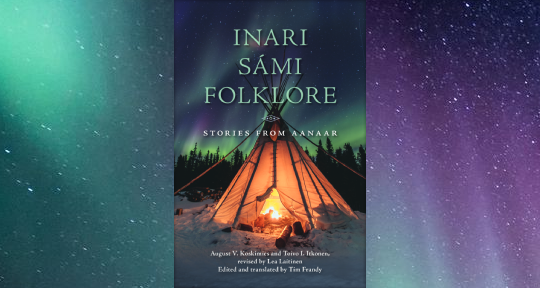Inari Sámi Folklore: Stories from Aanaar by
Whatever the cosmopolitan politics of many people living in cities like London, New York, or Paris, the majority of museums in such places continue to struggle with the colonizing narratives forwarded not only by the layout of the physical space of the museum—a prime example being the room dedicated solely to Egypt, separate from the rest of the African continent—but also by the fact that many objects within these collections were stolen, looted, or otherwise removed from the communities that produced them.
Should these objects be returned or, in an argument that many see as dripping with colonial paternalism, are they indeed “safer” under the protection of Western institutions? One only need think of the ongoing controversy surrounding the so-called “Elgin” Marbles and their possible repatriation, or any number of recent developments concerning Native American peoples in the United States requesting the return of sacred objects, to understand how such objects touch on themes like intellectual and cultural sovereignty in the twenty-first century. The “Elgin” Marbles may have inspired Keats’s meditation on truth and beauty, but how would these same marbles appear, at a distance, to a poet writing from Greece during the Romantic period or in the age of Brexit? How would the nature of the marbles’ famed “truth” and “beauty” appear to someone who understood them as a piece of cultural heritage that had been looted for the express benefit of a cosmopolitan other? What would the return, or so-called repatriation, of such objects mean not only for those who have been robbed of such items, but for the descendants of those who stole them in the first place?

